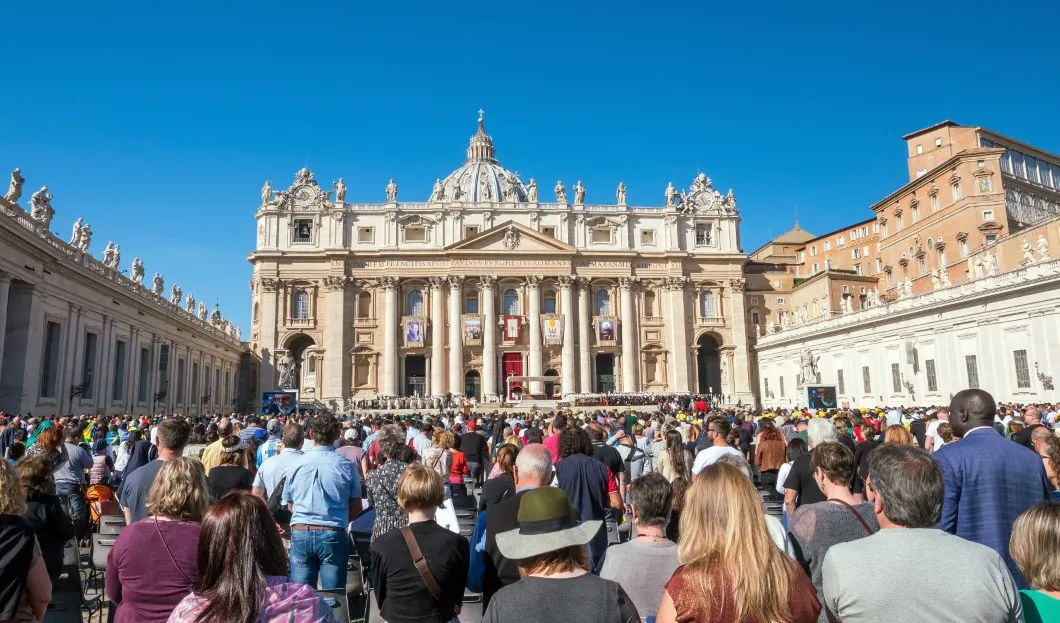At the end of the 13th century, or beginning of the 14th century, the Cáceres-born cattle herder Gil Cordero, after a miraculous apparition, finds the image of the Black Virgin hidden somewhere in the deep mountain ranges of Las Villuercas. From there, a sanctuary is established and starts welcoming pilgrims from their nearest surroundings. King Alfonso XI of Castile and Leon visited the area around the year 1330. He encouraged the initial construction of the Monastery of Santa María de Guadalupe in 1337, which led to the arrival of more pilgrims at the sanctuary. But this historical effect of the monastery goes even further than its enclosure, and a network of roads, cultural and natural corridors was created, giving room to a large ensemble of architectural heritage and oral, intangible tradition, which is still possible to appreciate. It is a privileged territory with enormous landscape and natural riches, crossing protected natural areas (national and natural parks, special protection areas...), wetlands, forests, mountain ranges and valleys ... with a high degree of biodiversity and very good state of conservation. In 2017, the place welcomed more than 3 million pilgrims.













